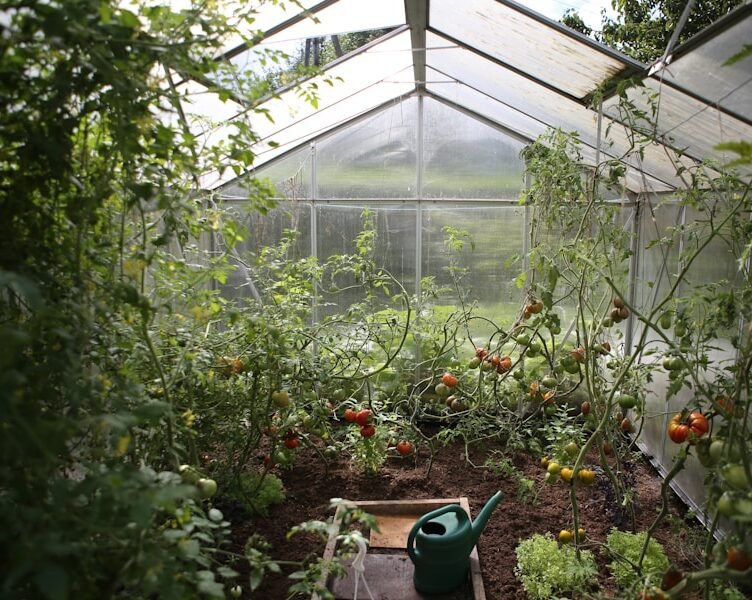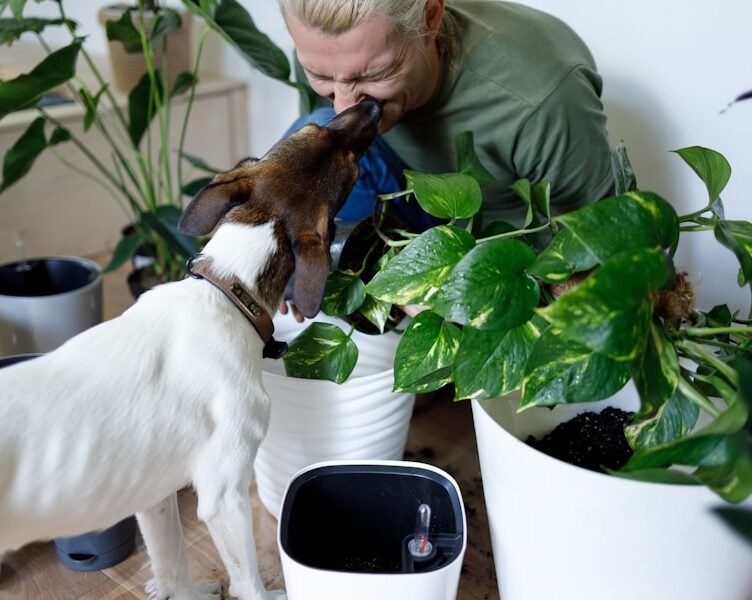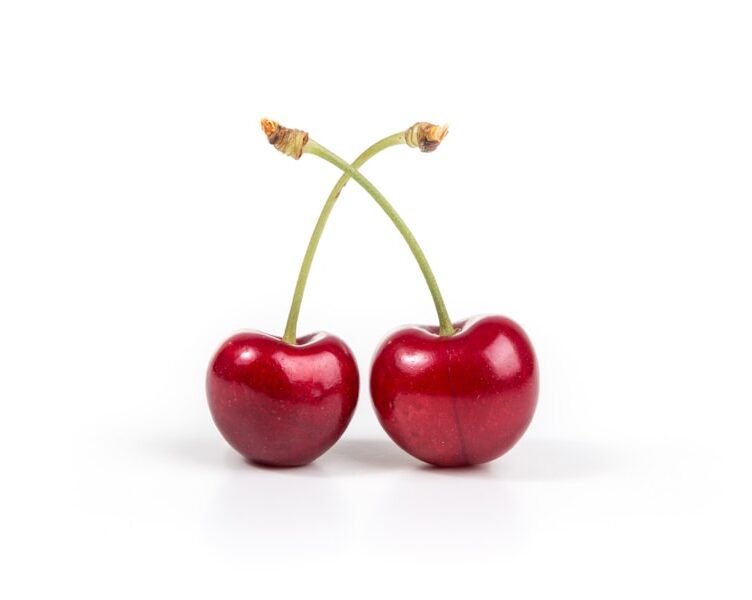Growing tomatoes indoors can offer a wide range of benefits for gardeners. One of the main advantages is the ability to have fresh, homegrown tomatoes year-round, regardless of the weather outside. This means that you can enjoy the delicious taste of ripe tomatoes even in the dead of winter.
Additionally, indoor tomato gardening allows you to have complete control over the growing conditions, which can result in healthier and more flavorful tomatoes. By growing tomatoes indoors, you can also avoid common outdoor gardening issues such as pests, diseases, and extreme weather conditions. This can lead to higher yields and a more consistent harvest.
Another advantage of indoor tomato gardening is the ability to save money on grocery bills. By growing your own tomatoes, you can significantly reduce the amount of money spent on store-bought produce. Additionally, indoor gardening can also save time by eliminating the need to travel to the store to purchase tomatoes.
With a little bit of effort and dedication, you can have a bountiful supply of fresh tomatoes right at your fingertips. Overall, growing tomatoes indoors can be a rewarding and cost-effective way to enjoy the benefits of homegrown produce.
Key Takeaways
- Growing tomatoes indoors allows for year-round production and protection from outdoor pests and weather
- Indoor tomato gardening can save money on grocery bills and time spent traveling to buy produce
- Choose compact and dwarf tomato varieties for indoor growing to maximize space and yield
- Essential supplies for indoor tomato gardening include grow lights, containers, and a well-draining potting mix
- Proper watering, pruning, and pest management are essential for healthy indoor tomato plants
How Indoor Tomato Gardening Can Save Money and Time
Indoor tomato gardening offers a cost-effective and time-saving alternative to purchasing store-bought tomatoes. By growing your own tomatoes, you can save money on grocery bills and reduce the amount of time spent shopping for produce. Additionally, indoor gardening allows you to have a constant supply of fresh tomatoes without having to rely on seasonal availability or fluctuating market prices.
This can result in significant savings over time, especially for avid tomato lovers. Furthermore, indoor tomato gardening can also save time by eliminating the need to travel to the store to purchase tomatoes. With a well-maintained indoor garden, you can simply pluck ripe tomatoes from the vine whenever you need them.
This convenience can be especially beneficial for busy individuals who may not have the time to make frequent trips to the grocery store. By growing tomatoes indoors, you can streamline your shopping routine and enjoy the satisfaction of having fresh, homegrown produce at your disposal.
Tips for Choosing the Right Tomato Varieties for Indoor Growing
When it comes to indoor tomato gardening, choosing the right tomato varieties is crucial for success. Some tomato varieties are better suited for indoor growing than others, so it’s important to select varieties that are well-adapted to the indoor environment. Determinate tomato varieties, which tend to be more compact and bushy, are often a good choice for indoor gardening as they require less space and support.
Additionally, cherry and grape tomato varieties are popular choices for indoor growing due to their small size and prolific fruit production. It’s also important to consider the growth habits and light requirements of different tomato varieties when selecting plants for indoor gardening. Some varieties may require more light or space than others, so it’s essential to choose varieties that are compatible with your indoor growing conditions.
Additionally, consider factors such as flavor, disease resistance, and fruit size when selecting tomato varieties for indoor growing. By choosing the right tomato varieties, you can set yourself up for a successful indoor gardening experience and enjoy a bountiful harvest of delicious homegrown tomatoes.
Essential Supplies and Equipment for Indoor Tomato Gardening
| Benefits of Growing Tomatoes Indoors | How to Get Started |
|---|---|
| 1. Fresh tomatoes year-round | 1. Choose the right tomato variety for indoor growing |
| 2. Control over growing conditions | 2. Select a suitable container and soil mix |
| 3. Protection from pests and diseases | 3. Provide adequate light and temperature |
| 4. Enjoyment of gardening indoors | 4. Water and fertilize regularly |
To get started with indoor tomato gardening, it’s important to have the right supplies and equipment on hand. One essential item for indoor tomato gardening is a suitable container or pot for growing your tomato plants. Choose a container that is large enough to accommodate the root system of your tomato plants and has adequate drainage holes to prevent waterlogging.
Additionally, consider using a high-quality potting mix specifically formulated for container gardening to provide your tomato plants with the nutrients they need to thrive. In addition to containers and potting mix, you will also need a reliable light source for indoor tomato gardening. Since natural sunlight may be limited indoors, consider using grow lights to provide your tomato plants with the necessary light for healthy growth and fruit production.
LED grow lights are a popular choice for indoor gardening due to their energy efficiency and ability to provide a full spectrum of light for optimal plant growth. Finally, consider investing in a trellis or support system to help your tomato plants grow upright and prevent sprawling.
Best Practices for Caring for Indoor Tomato Plants
Caring for indoor tomato plants requires attention to detail and regular maintenance to ensure healthy growth and fruit production. One important aspect of caring for indoor tomato plants is providing them with adequate water and nutrients. Water your tomato plants consistently, keeping the soil evenly moist but not waterlogged.
Additionally, consider using a balanced fertilizer formulated for tomatoes to provide your plants with essential nutrients for healthy growth and fruit development. Another key aspect of caring for indoor tomato plants is maintaining proper air circulation and humidity levels. Good air circulation can help prevent common issues such as mold and mildew, while maintaining optimal humidity levels can promote healthy growth and fruit production.
Consider using a small fan or opening windows periodically to improve air circulation in your indoor garden. Additionally, monitor humidity levels with a hygrometer and adjust as needed to create an ideal growing environment for your tomato plants.
Troubleshooting Common Issues in Indoor Tomato Gardening
Despite your best efforts, you may encounter common issues when growing tomatoes indoors. One common issue in indoor tomato gardening is pest infestations such as aphids, whiteflies, or spider mites. To address pest problems, consider using natural pest control methods such as insecticidal soap or neem oil to eliminate pests without harming your plants.
Additionally, regularly inspect your tomato plants for signs of pest activity and take proactive measures to prevent infestations. Another common issue in indoor tomato gardening is disease outbreaks such as powdery mildew or blight. To prevent disease problems, practice good sanitation by removing any diseased plant material and maintaining proper air circulation in your indoor garden.
Additionally, consider using disease-resistant tomato varieties and avoid overwatering or overcrowding your plants to reduce the risk of disease development. By staying vigilant and addressing issues promptly, you can minimize the impact of common problems in indoor tomato gardening and enjoy a successful harvest.
Harvesting and Enjoying the Fruits of Your Indoor Tomato Garden
After months of care and attention, it’s finally time to harvest the fruits of your indoor tomato garden. When harvesting tomatoes, it’s important to pick them at the peak of ripeness for the best flavor and texture. Look for tomatoes that are fully colored and slightly soft to the touch, indicating that they are ready to be picked.
Use a pair of clean scissors or pruning shears to carefully remove ripe tomatoes from the vine without damaging the plant. Once harvested, you can enjoy your homegrown tomatoes in a variety of delicious ways. Fresh tomatoes can be used in salads, sandwiches, salsas, sauces, and more, adding vibrant flavor and nutrition to your meals.
Additionally, consider preserving excess tomatoes by canning, freezing, or drying them for long-term storage. By savoring the fruits of your indoor tomato garden, you can appreciate the rewards of your hard work and dedication throughout the growing season. In conclusion, growing tomatoes indoors offers a wide range of benefits for gardeners, including year-round access to fresh produce, cost savings, and time efficiency.
By choosing suitable tomato varieties, acquiring essential supplies and equipment, practicing proper care techniques, troubleshooting common issues, and enjoying the harvest, you can experience the joys of indoor tomato gardening firsthand. Whether you’re a seasoned gardener or new to indoor growing, cultivating tomatoes indoors can be a rewarding and fulfilling experience that allows you to enjoy the delicious taste of homegrown tomatoes throughout the year.
FAQs
What are the benefits of growing tomatoes indoors?
Indoor tomato growing allows for year-round cultivation, protection from outdoor pests and weather, and the ability to control growing conditions such as temperature, light, and humidity.
What are the key factors to consider when starting to grow tomatoes indoors?
Key factors to consider when starting to grow tomatoes indoors include choosing the right tomato variety, providing adequate light and temperature, selecting the appropriate growing containers, and ensuring proper watering and fertilization.
What are the best tomato varieties for indoor growing?
Dwarf or compact tomato varieties such as cherry tomatoes, patio tomatoes, and determinate varieties are well-suited for indoor growing due to their smaller size and ability to thrive in containers.
What kind of light do indoor tomatoes need?
Indoor tomatoes require at least 6-8 hours of direct sunlight or the equivalent in artificial grow lights to thrive and produce fruit.
How can I ensure proper pollination for indoor tomato plants?
Indoor tomato plants can be hand-pollinated using a small brush or by gently shaking the plants to release pollen. Alternatively, placing a small fan near the plants can help simulate outdoor wind for natural pollination.
What are some common challenges when growing tomatoes indoors?
Common challenges when growing tomatoes indoors include maintaining proper humidity levels, preventing pests and diseases, and providing adequate support for the plants as they grow and produce fruit.








1 Comment